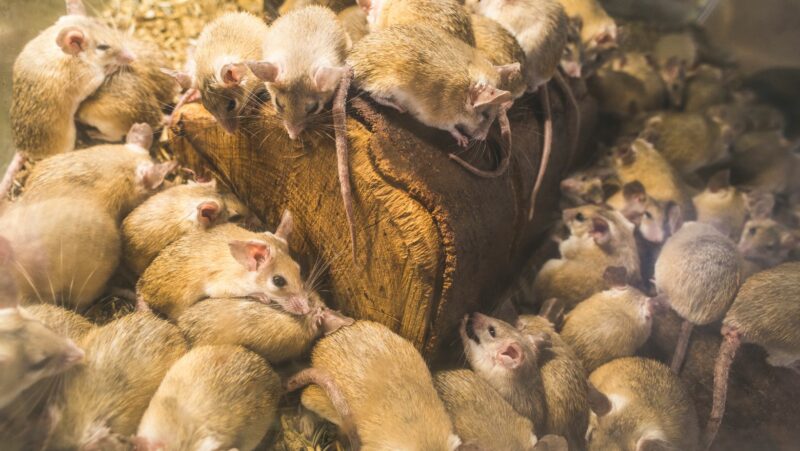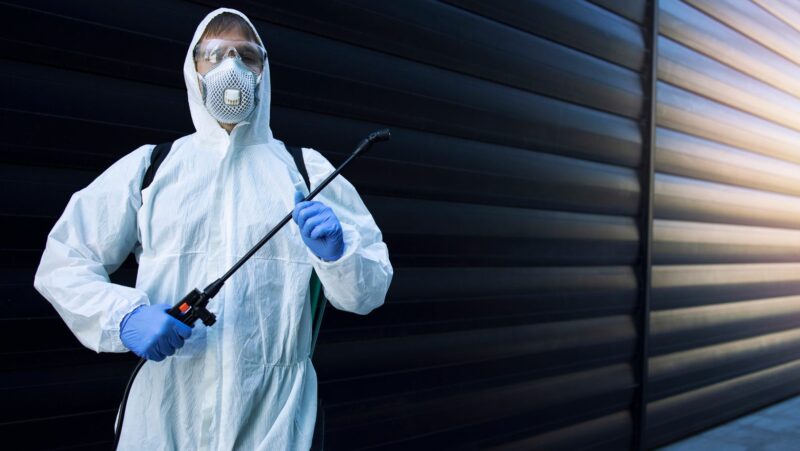
The fishing industry plays a crucial role in providing food and economic stability to communities worldwide. However, one of the persistent challenges faced by this industry is rodent infestations. Rodents, particularly rats and mice, pose significant threats to the quality of the catch, storage facilities, and overall hygiene. Effective rodent control measures are essential to preserving catch quality and ensuring the industry’s sustainability. This article delves into the importance of rodent control in the fishing industry and offers practical solutions for maintaining high standards.
The Impact of Rodents on the Fishing Industry
Rodents can cause extensive damage to the fishing industry in various ways:
- Contamination of Catch: Rodents can contaminate fish and seafood with their droppings, urine, and fur, leading to severe health risks. This contamination can result in the rejection of entire batches of catch, causing significant financial losses.
- Damage to Equipment and Facilities: Rodents are notorious for gnawing on ropes, nets, and other fishing equipment. They can also damage storage facilities by chewing through packaging, insulation, and electrical wiring, leading to increased maintenance costs and operational disruptions.

- Spread of Disease: Rodents are carriers of numerous diseases, such as leptospirosis, salmonellosis, and hantavirus, which can be transmitted to humans through direct contact or contamination of food and water supplies.
Strategies for Effective Rodent Control
- Rigorous Sanitation Practices: Maintaining high standards of cleanliness in all areas, including docks, boats, and storage facilities, is critical. Regular cleaning and disinfecting can help eliminate food sources and nesting sites for rodents.
- Proper Waste Management: Efficient waste management practices are essential to prevent attracting rodents. All waste, especially fish scraps and other organic matter, should be promptly removed and stored in rodent-proof containers until disposal.
- Physical Barriers and Exclusion Techniques: Implementing physical barriers can prevent rodents from accessing key areas. This includes sealing cracks and holes in walls, floors, and storage units. Using metal mesh or rodent-proof materials for doors and windows can also be effective.
- Trapping and Monitoring: Setting up traps and monitoring devices can help detect and control rodent populations early. Regular monitoring allows for timely interventions before infestations become severe.
- Professional Rodent Control Services: Engaging professional rodent control services, such as those provided by www.rat-exterminator.com/, can offer tailored solutions for the fishing industry. These services include comprehensive inspections, targeted extermination efforts, and ongoing maintenance plans to keep rodent populations under control.
- Education and Training: Training staff on the importance of rodent control and best practices can empower them to contribute to the overall efforts. Awareness programs can help in identifying signs of rodent activity and implementing preventive measures.
Case Study: Successful Rodent Control in a Chicago Fish Market
A bustling fish market in Chicago faced recurring rodent problems that threatened the quality of their catch and the reputation of their business. By partnering with a professional service to get rid of mice in Chicago, the market implemented a multifaceted rodent control strategy.

Conclusion
Rodent control is vital for preserving the quality of the catch and ensuring the sustainability of the fishing industry. By implementing rigorous sanitation practices, effective waste management, physical barriers, and professional services, the industry can mitigate the risks posed by rodents. As the demand for high-quality seafood continues to rise, prioritizing rodent control will remain a crucial aspect of maintaining standards and protecting public health. Through proactive measures and industry-wide commitment, the fishing industry can continue to thrive while safeguarding its valuable resources.



